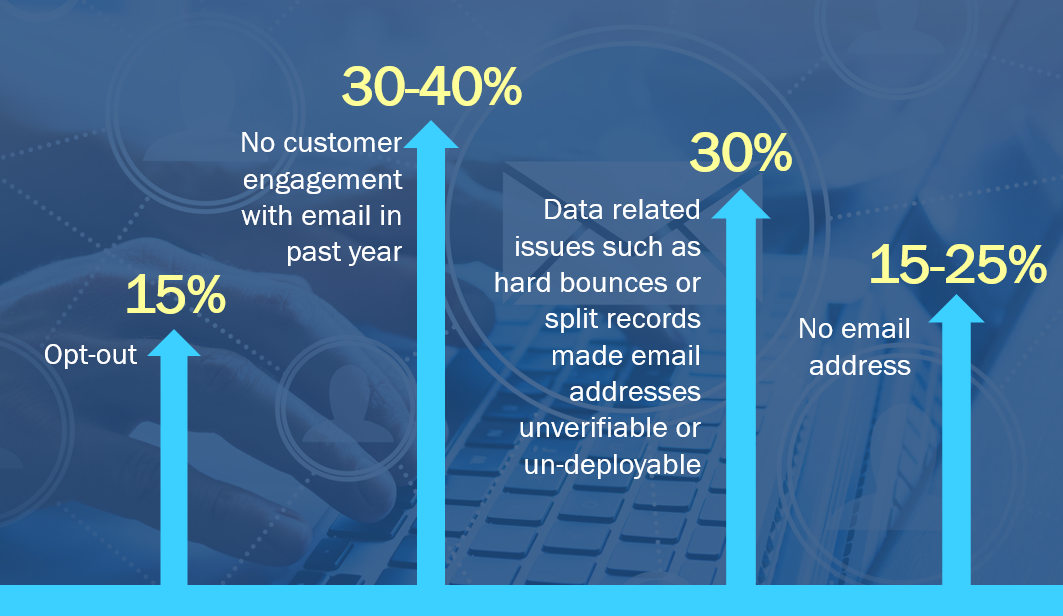

Snapshots leverage the APFS’s copy-on-write system. Time Machine can create and manage APFS snapshots for you.

In this guide, we’re specifically dealing with the APFS snapshots. APFS-based snapshots use an entirely different mechanism even though Apple has continued to use the “local snapshot” nomenclature for both types of file system snapshots. Note: Apple has supported local snapshots on HFS+ formatted drives since OS X Lion. At the moment a snapshot is taken, there’s no increase in the space used on a volume. A snapshot essentially marks all the currently used data blocks on a volume to be preserved that is, no changes can be made to them. When a snapshot is initially created, it takes up no additional space on the volume. Snapshots Take Up No Space, But Can Magnify the Amount of Data Blocks Used In this Rocket Yard guide, we’re going to take a look at APFS snapshots, how they’re created, managed, and deleted, as well as the advantages and disadvantages of snapshots.
MAC OS PROGRAM GOES INACTIVE AND THEN REACTIVATES UPDATE
Before the system update is applied, a snapshot is taken of the startup drive, ensuring that if something goes wrong with the update process, you could recover from the problem quickly and be back right where you were before you started the system update. Apple makes use of the snapshot feature whenever a system update is performed.


 0 kommentar(er)
0 kommentar(er)
